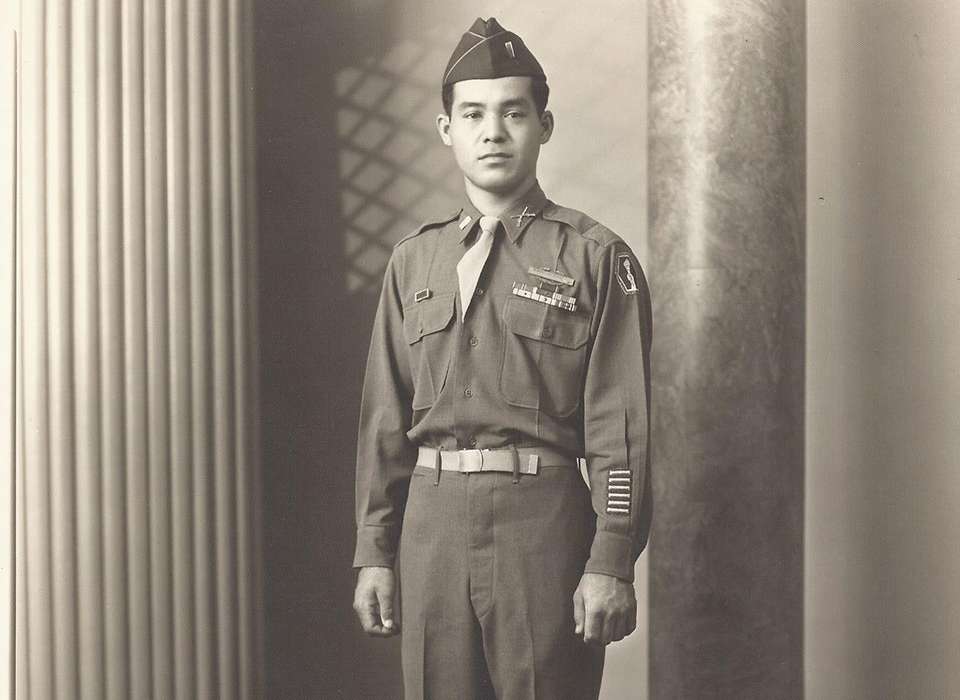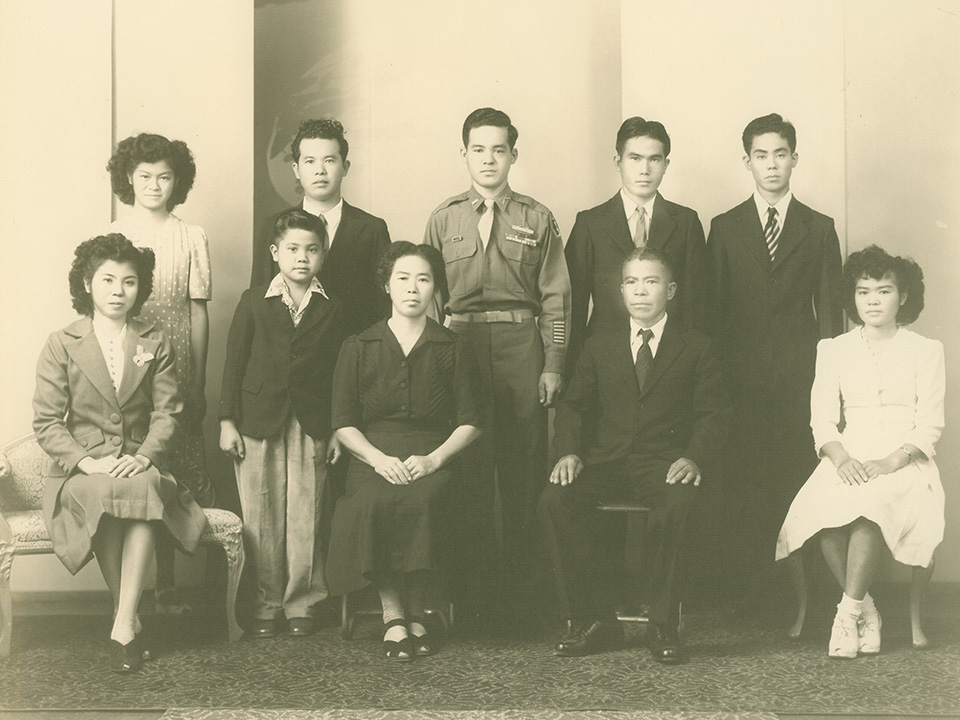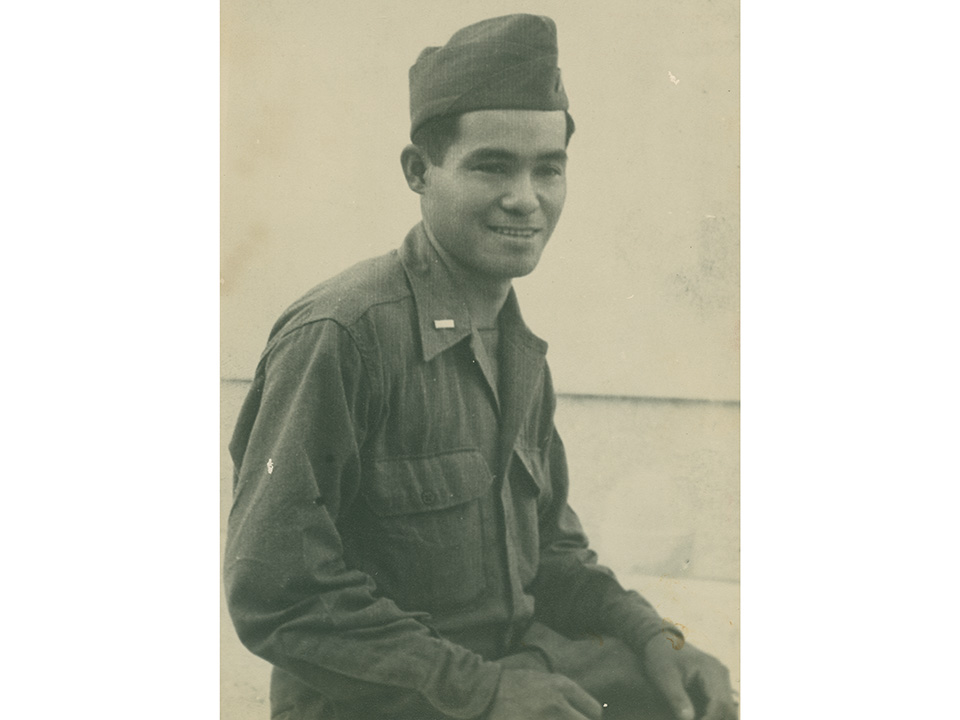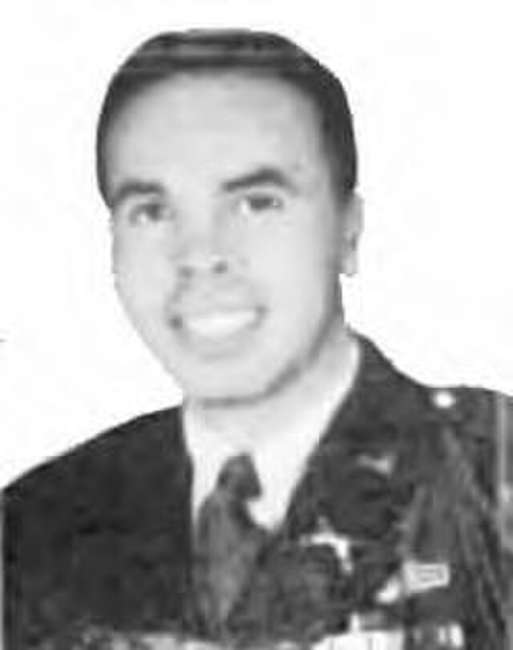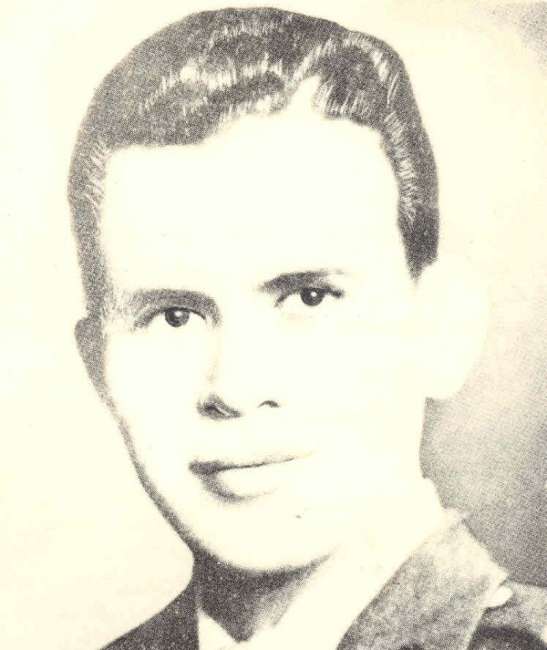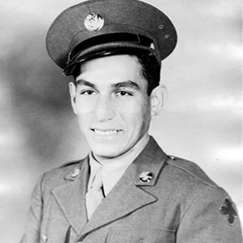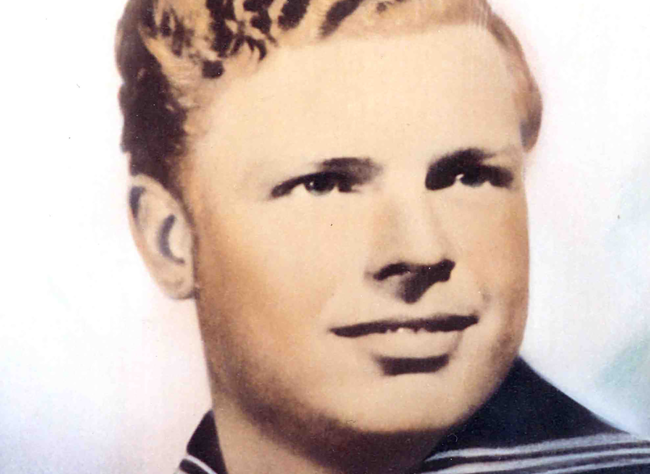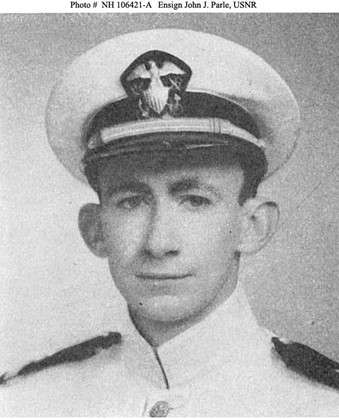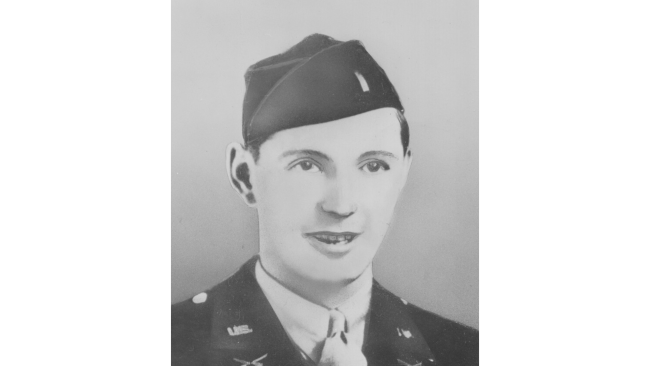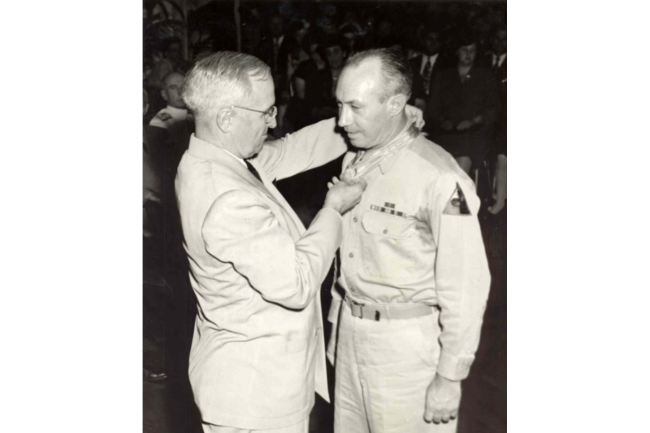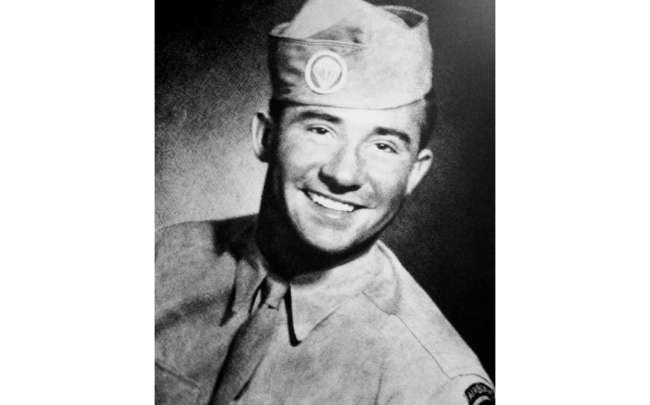Yeiki Kobashigawa was born in Hilo, Hawaii, on September 28, 1917, to Shintsu and Kame Kobashigawa, Japanese immigrants. From an early age, he worked with his father on Waianae Plantation. Kobashigawa excelled at baseball and his father urged him to develop balance by training to use both arms equally. He would attribute some of his success in the Army to the attitude and abilities encouraged in him by his parents, who pushed him to excel and train physically and mentally.
Kobashigawa was drafted into the Army in November 1941. When Pearl Harbor was attacked he rushed from his baseball game back to his training base only to have his rifle taken away. Some Japanese Americans, already serving in the military, spent time in limbo after Pearl Harbor, kept outside of combat roles in a legal no-man’s land. Kobashigawa and other Hawaiian Nisei [first generation Japanese Americans] in service were removed from their integrated regiments in June 1942, and the segregated Hawaii Provisional Battalion was activated. The unit was transferred to the mainland, where they were designated the 100th Infantry Battalion (Separate). They underwent training at Camp McCoy, Wisconsin, then Camp Shelby, Mississippi, before embarking on August 11, 1943, for Oran, North Africa. On September 22, the 100th Battalion landed at Salerno, Italy, attached to the 34th Infantry Division. They were ready to prove themselves in battle for their country.
Kobashigawa remembered that as soon as they got there, they were on the go all the time. They were continuously engaged with an experienced German enemy trying to hold back the American advance into Rome. Kobashigawa, then a Technical Sergeant, was wounded several times in Italy and was taken to hospitals for treatment and then returned to his company in a different location, since they were always on the move.
He was ready for whatever came his way. He recalled “You have to keep on going…you cannot do anything but just take orders.” He embodied this when on June 2, 1944, near Lanuvio, Italy, he led a charge on German machine gun nests. He was awarded the Distinguished Service Cross and a battlefield commission.
After the war, Kobashigawa returned to Hawaii, worked for Hawaiian Cement and raised a family. He was an unassuming and inspiring mentor and role model to all who knew him. In 1996, after investigations into discrimination regarding medals and citations issued during World War II, 20 Japanese Americans, including Kobashigawa, had their medals upgraded to the Medal of Honor. President Bill Clinton presented the awards in a ceremony on June 21, 2000. Yeiki Kobashigawa died on March 31, 2005, and is buried in the National Memorial Cemetery of the Pacific in Honolulu.
Medal of Honor Citation
Technical Sergeant Yeiki Kobashigawa distinguished himself by extraordinary heroism in action on 2 June 1944, in the vicinity of Lanuvio, Italy. During an attack, Technical Sergeant Kobashigawa’s platoon encountered strong enemy resistance from a series of machine guns providing supporting fire. Observing a machine gun nest 50 yards from his position, Technical Sergeant Kobashigawa crawled forward with one of his men, threw a grenade and then charged the enemy with his submachine gun while a fellow soldier provided covering fire. He killed one enemy soldier and captured two prisoners. Meanwhile, Technical Sergeant Kobashigawa and his comrade were fired upon by another machine gun 50 yards ahead. Directing a squad to advance to his first position, Technical Sergeant Kobashigawa again moved forward with a fellow soldier to subdue the second machine gun nest. After throwing grenades into the position, Technical Sergeant Kobashigawa provided close supporting fire while a fellow soldier charged, capturing four prisoners. On the alert for other machine gun nests, Technical Sergeant Kobashigawa discovered four more, and skillfully led a squad in neutralizing two of them. Technical Sergeant Kobashigawa’s extraordinary heroism and devotion to duty are in keeping with the highest traditions of military service and reflect great credit on him, his unit, and the United States Army.
Kim Guise
Kimberly Guise holds a BA in German and Judaic Studies from the University of Massachusetts Amherst. She also studied at the Universität Freiburg in Germany and holds a masters in Library and Information Science (MLIS) from Louisiana State University. Kim is fluent in German, reads Yiddish, and specializes in the American prisoner-of-war experience in World War II.
